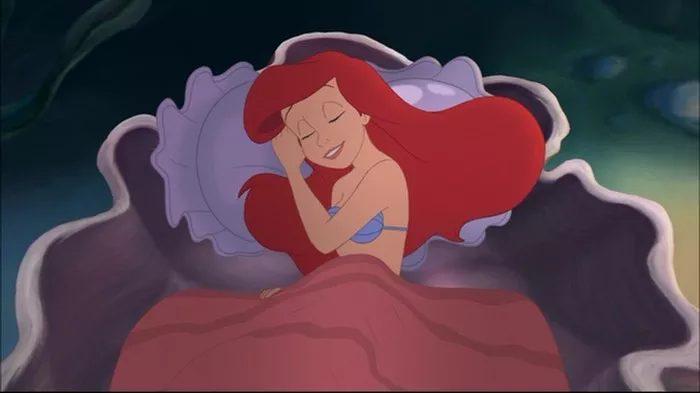The concluding chapters of a fairy tale often hold the key to its lasting impact, and Hans Christian Andersen’s The Little Mermaid is no exception. As readers journey through the enchanting narrative, a question lingers: How did The Little Mermaid end? In this exploration, we unravel the poignant and bittersweet conclusion that has left an indelible mark on the hearts of readers worldwide.
1. A Pact with the Sea Witch
The climax of The Little Mermaid unfolds as Ariel, the titular mermaid, makes a desperate pact with the Sea Witch in a bid to gain a human soul. In exchange for her melodious voice, the Sea Witch grants Ariel a pair of legs, transforming her into a human. However, the transformation comes at a steep cost – the loss of her enchanting voice.
2. The Human World: A Test of Love
Ariel’s newfound human form places her in the midst of the human world, where she faces the arduous challenge of winning the love of a prince. The narrative explores themes of sacrifice and the profound lengths to which one is willing to go for love. Ariel’s journey in the human realm becomes a test of her resilience and the sincerity of her emotions.
3. Unrequited Love and Heartache
As the narrative unfolds, it becomes evident that the prince, unaware of Ariel’s sacrifice and unable to hear her voice, does not reciprocate her feelings. The poignant undercurrent of unrequited love permeates the story, adding a layer of heartache and melancholy to the once-joyful mermaid.
4. The Sea Foam: A Tragic Resolution
The denouement of The Little Mermaid takes a tragic turn. Ariel’s hopes of obtaining a human soul through true love’s kiss are dashed when the prince marries another woman. Faced with the realization that she cannot return to the sea and her life as a mermaid, and with no chance of an afterlife without a soul, Ariel faces a heartbreaking fate.
5. Dissolution into Sea Foam
In a poignant and memorable moment, Ariel faces the inevitability of her fate. Unable to bear the pain of unrequited love and the loss of her mermaid identity, she dissolves into sea foam at the break of dawn. This dissolution marks the conclusion of Ariel’s journey and serves as a stark departure from the traditional happily-ever-after endings prevalent in fairy tales.
6. A Moral Tale with Deeper Undertones
Andersen’s The Little Mermaid stands apart as a fairy tale with deeper moral undertones. The conclusion challenges conventional expectations, offering a narrative that emphasizes the consequences of choices and the complexity of sacrifice. The bittersweet ending elevates the tale to a work of literary artistry, leaving readers with a lingering sense of reflection.
Conclusion: The Echo of a Tragic Melody
In conclusion, The Little Mermaid’s ending is a symphony of tragedy and reflection. Andersen’s departure from conventional fairy tale conclusions imbues the story with a timeless and thought-provoking quality. Ariel’s dissolution into sea foam serves as a poignant reminder of the complexities inherent in the pursuit of love and the sacrifices one may make. As readers close the book on The Little Mermaid, they are left with the echo of a tragic melody that transcends the boundaries of time and continues to resonate in the realm of fairy tale literature.

